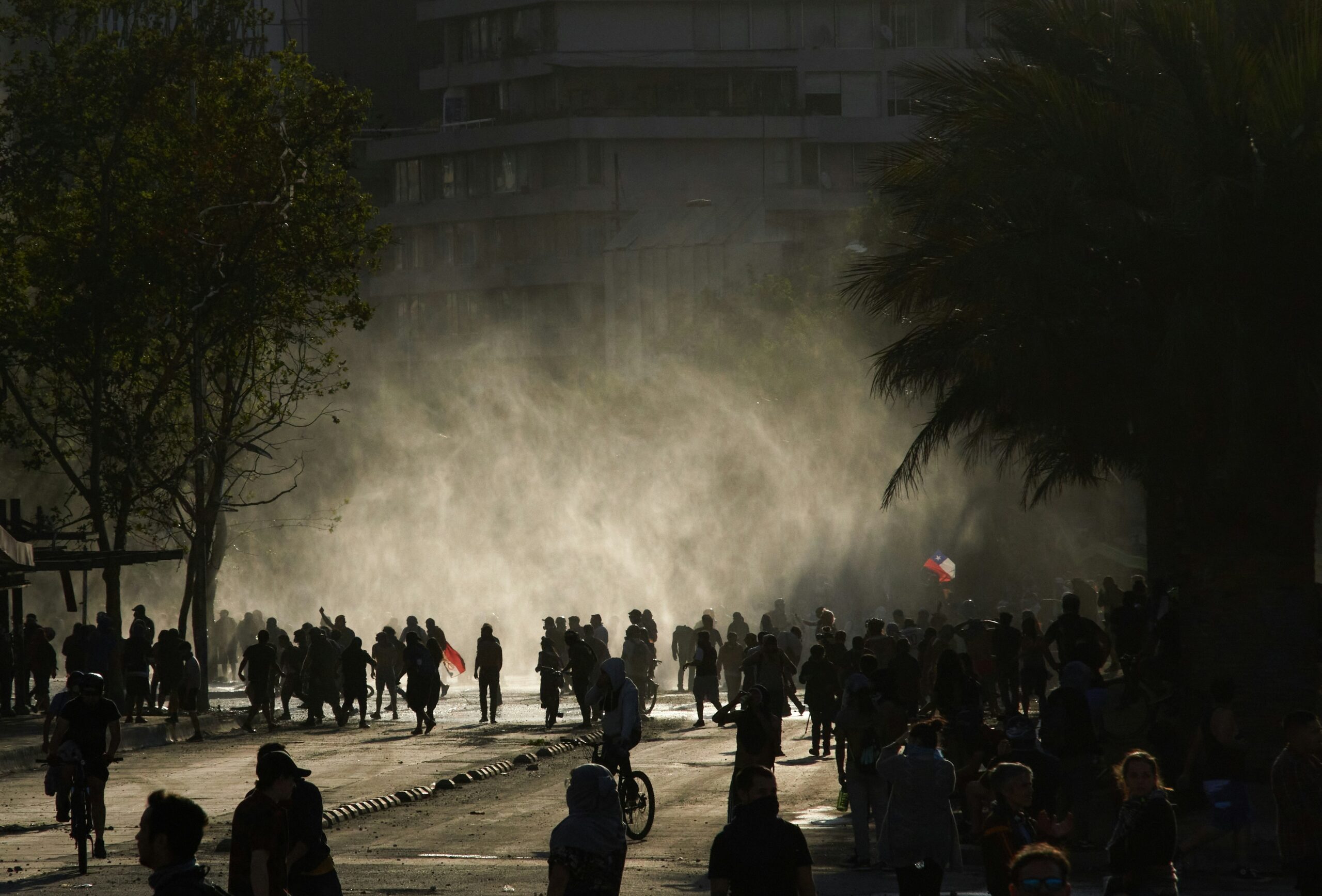Your crisis management team is sometimes your last line of defense – the difference between ‘a well-managed situation’ and ‘an unmitigated disaster’.
In higher education, a crisis management team is a key part of your leadership. Tasked with defending the reputation and integrity of your organisation, it has to be prepared to spring into action at any moment.
Naturally, setting up and managing such a specialised team requires a deep understanding of the unique roles involved. It also requires the ability to set clear KPIs to measure your team’s success before, during and after the storm
Below, we break down what exactly a crisis management team does in higher education institutions, why they are essential, and how you can best lead them before, during and after crisis conditions.

Get your guide to crisis comms
This guide helps you:
- Communicate with clarity under pressure
- Minimise long-term impact and get back to normal faster
- Protect your reputation and your people
What is a crisis management team?
A crisis management team is a designated group of people who plan and carry out your school responses during a crisis. The team is typically comprised of administrative, academic, and operational units that bring diverse perspectives to guide decision-making through a crisis.
They coordinate each step according to the school’s values and vision, and ensure consistency across all messaging. During its operations the team collaborates with a variety of stakeholders inside and outside of the school – informing staff, students, donors, and community members. They also liaise with the media, releasing public statements on behalf of the school.
What’s the ultimate aim of your school’s crisis management team?
The end goal of a crisis management team is to predict and prevent crises. Failing that, its aim is to slow or stop the escalation of crises and minimise any long-term negative effects on finances, people and institutional reputation.
In higher education, there are common crises that crisis management teams often deal with:
- Natural disasters and extreme weather
- Public health crises
- Missing persons, student/staff deaths
- Acts of violence on campus
- Cyberattacks or data breaches
- Student protests
- Complaints against staff
- Immigration policy changes affecting international students
What’s a typical crisis management team structure?
A typical crisis comms team includes:
Crisis lead /Head of Crisis Communication Task Force
This is your decision-maker who gives final approval on all communications. They delegate responsibility throughout the team and (ideally) stay calm and focused under pressure.
PR Lead:
The PR Lead prioritises external communications. They ensure that appropriate and timely fact-checked information is delivered to external stakeholders and media.
Internal Comms Representative:
The Internal Comms Representative verifies all information and ensures that all communication is shared with staff, internal stakeholders and faculty. They work closely with the PR Lead to ensure transparency in comms.
Security Lead:
The Security Lead takes charge of student and staff safety. They are responsible for remaining compliant with local laws and school policies.
Legal Representative:
Your Legal Rep. conducts risk assessments. They represent and advise the school in formal settings. They may advise the PR and Internal Comms Leads about what to disclose and what to withhold.
Student Affairs Representative:
Your Student Affairs Rep. is part of the feedback loop, reporting on student sentiment and requests. They support and share internal communications between the crisis team and the student body.
Crisis Spokesperson:
Your spokesperson is the voice of the university. They carry out all official announcements on behalf of the school. In some cases, the PR Lead is the spokesperson.
Wider leadership:
Keep your wider leadership team in the loop and be sure they are briefed if they are questioned by the media. You need to be sure no one goes ‘rogue’ or releases unconfirmed information.
Your crisis management team will look different depending on your school. However, all teams should have clear roles and responsibilities to build strong communication and allow for a quick, effective response in a crisis.
Leading through crisis workflows
Crisis management teams have intentional workflows to ensure they respond quickly, accurately, and appropriately to crisis situations. These often include:
- Activation: The team identifies what is happening by gathering reports from trusted sources. They assess the nature and severity of the circumstances, and the crisis management manager officially activates a crisis response strategy.
- Initial response and coordination: All crisis management team members meet to prioritise next steps, using input from campus safety and the legal team. If shelters or shutdowns are required, those decisions are made here.
- Ongoing management and communication: Regular meetings take place between crisis management team members, giving updates on their areas. The communications lead delivers external updates to students, staff, the media, and the general public. Necessary resources are appointed and sent at this moment (e.g. counselling services, food).
- Stabilisation: The crisis management team determines if conditions are calm enough to restore teaching and operational functions. Conversations start about recovery efforts (e.g. repairing physical damage).
- Review: The crisis management manager states the crisis has passed, and calls all team members for a full evaluation. The team sends out surveys and conducts interviews with all stakeholders. Updates are made to the crisis strategy based on feedback.
What are the key crisis management techniques?
There are several techniques your team should employ when anticipating or managing a crisis:

Active listening:
Fully focusing, understanding, and responding thoughtfully. Teams learn to deescalate tension, validate experiences, and communicate with empathy.

Forward planning:
Developing a strategy before a crisis happens. Teams create holding statement and messaging templates, identify spokespeople, categorise crisis stages, and establish communication channels.

Crisis simulations:
Conducting scenario-based training to rehearse responses. Teams walk through hypothetical scenarios to practice procedures and find gaps in the strategy.

Risk assessment:
Using risk matrices to analyse the effects of crises and the impacts of the crisis response. Teams look at the possible physical, digital, and reputational outcomes of their strategy.

Real-time monitoring:
Tracking news, social media, and student/staff sentiment, and using data tools to detect changes early. Teams learn how to keep track of, and interpret, data.

Stakeholder mapping and engagement:
Highlighting and storing information about stakeholders (i.e. contact details, connection to the school). Teams regularly update information and know exactly who can be impacted during a crisis.
How do you support a crisis management team?
Your crisis management team shouldn’t exist in isolation. No crisis happens in a vacuum, and neither should your response team. Keep them connected to the daily life of your school. The more integrated they are with the school’s culture, people, and operations, the better prepared they’ll be to protect both your institution and its community when it matters most.
Depending on the size of your organisation, your crisis management team may not be active all the time. In many schools, they ‘rest’ until needed – taking on entirely different roles in normal circumstances. That’s perfectly fine, as long as their crisis responsibilities are clear and regularly refreshed.
Smart organisations don’t just appoint a crisis management team – they invest in keeping it ready. Make sure every member knows their role, what to say, when to act, and how to respond under pressure. Regular training, scenario practice, and communication updates keep the team sharp, confident, and ready to lead calmly when the unexpected happens.
Get in touch with us if you need help building your crisis strategy.






